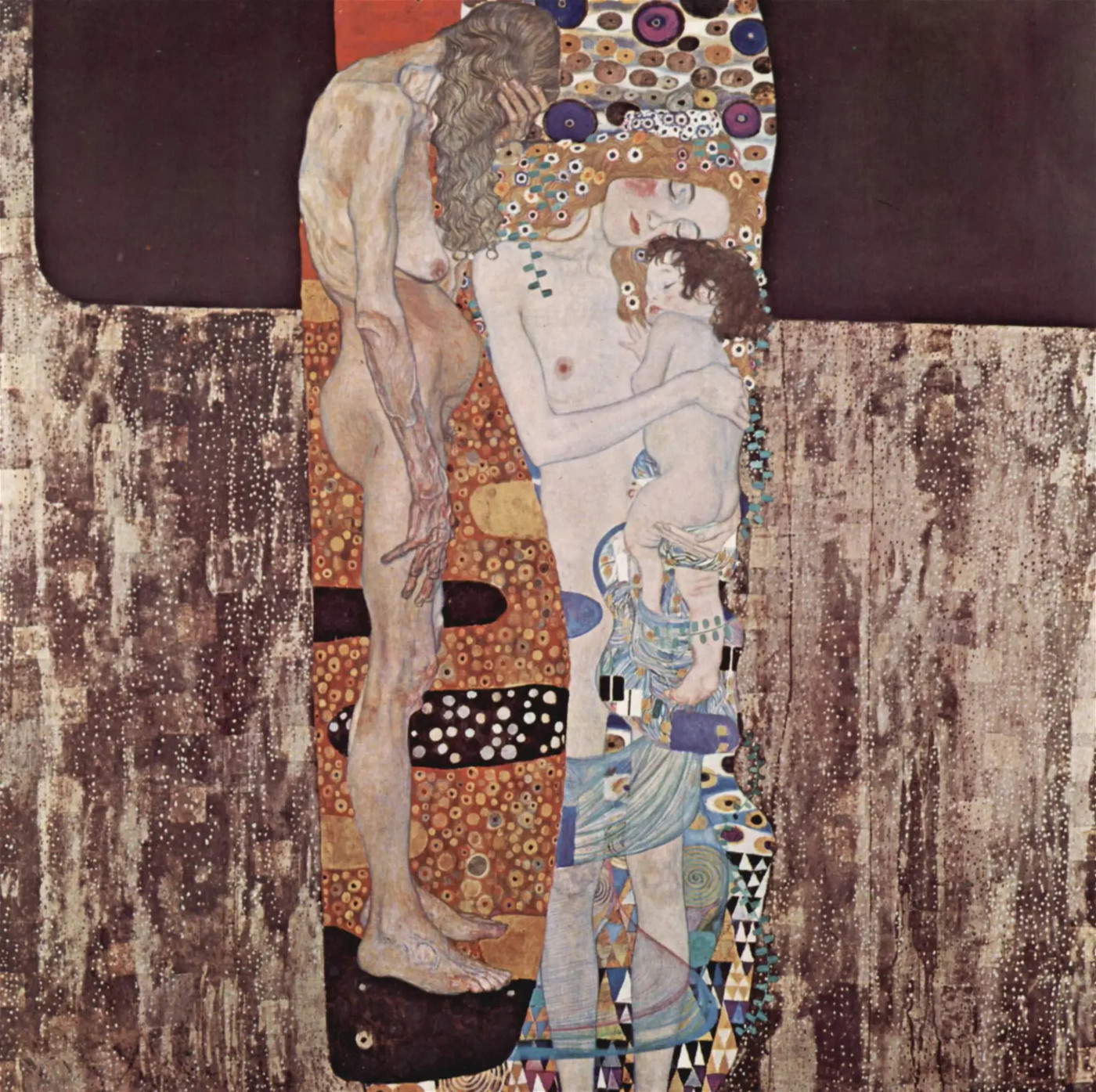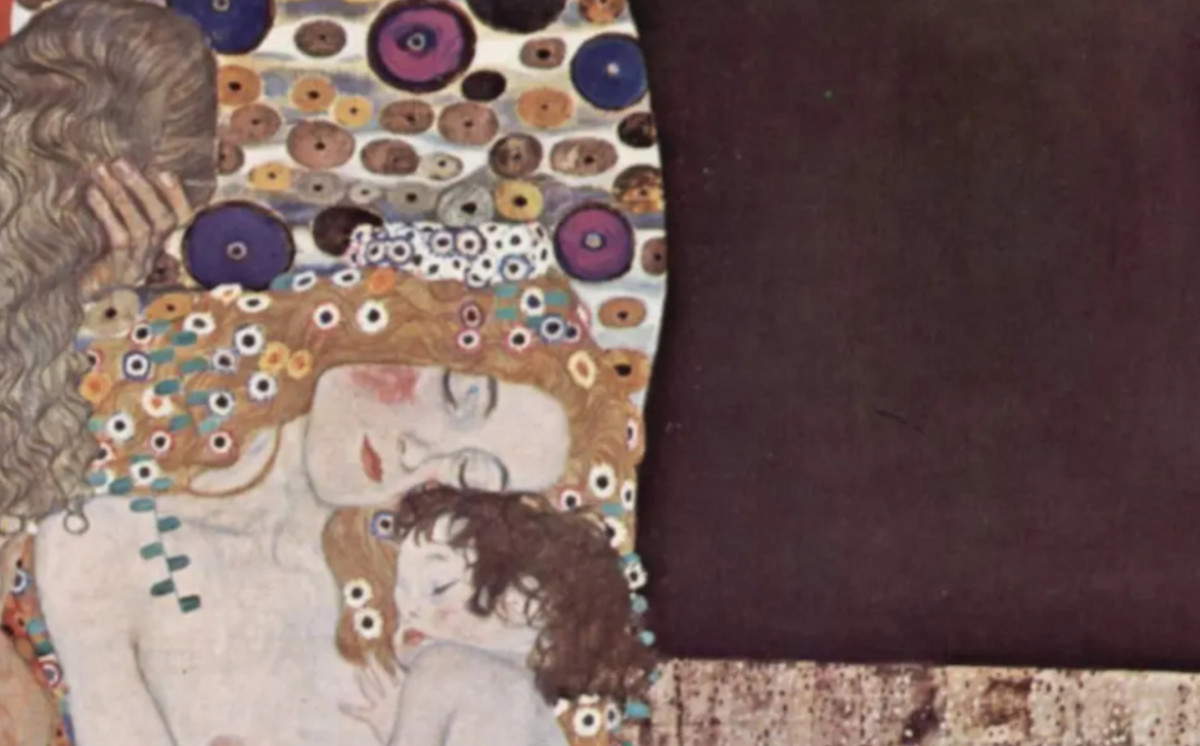From June 29 to Sept. 15, 2024, the National Gallery of Umbria in Perugia will host the Klimt exhibition , "The Three Ages." In fact, Gustav Klimt ’s famous painting preserved at the National Gallery of Modern and Contemporary Art in Rome will go on tour for the summer in the Umbrian capital. This exhibition will inaugurate a cycle titled A Masterpiece in Perugia, which will feature key works by renowned artists within a setting specially designed for the National Gallery of Umbria. Each exhibition will be accompanied by a selection of works by other artists from the same period to offer the public an in-depth look at the period and its themes. The project is made possible thanks to the contribution of the Perugia Foundation.
Preserved at the National Gallery of Modern Art in Rome, the oil on canvas The Three Ages of Woman was painted by Gustav Klimt in 1905 and was acquired by the Italian state in 1911. The painting depicts, side by side, the three stages of a woman’s life, depicted nude. On the right, a young woman holds a little girl in her arms, both depicted frontally. On the left, an elderly woman is painted in profile. The two pairs of figures seem both close and distant: in addition to being depicted from different perspectives, their backgrounds are different. However, they are united in one central composition, suggesting a temporal sequence in life.
The little girl and the young woman embrace each other tenderly, as a mother does her daughter, feeling the warmth of the other’s body and living from this immeasurable love. Both have their eyes closed, fully enjoying this moment of maternal intimacy. A great sense of tenderness shines through as their faces approach each other, relaxed and slightly flushed on the cheeks, probably indicating that warmth mentioned above. The older woman is depicted in profile. The older figure’s face is partially hidden by her curly, gray hair that falls over her breasts, and with one hand she further covers her face. Her body shows signs of age and past motherhood: her skin appears hardened and wrinkled by time, her frame is slender and curved, her breasts have lost their firmness, and her pronounced belly indicates a past pregnancy. The elderly woman’s proximity to the other two figures suggests a desire for physical and affective presence, but her position also seems to want to leave room for the younger ones, who still have a whole life to live to the full, while she is heading toward decline.

 |
| For summer The Three Ages of Woman, Gustav Klimt's masterpiece, goes on tour in Perugia |
Warning: the translation into English of the original Italian article was created using automatic tools. We undertake to review all articles, but we do not guarantee the total absence of inaccuracies in the translation due to the program. You can find the original by clicking on the ITA button. If you find any mistake,please contact us.